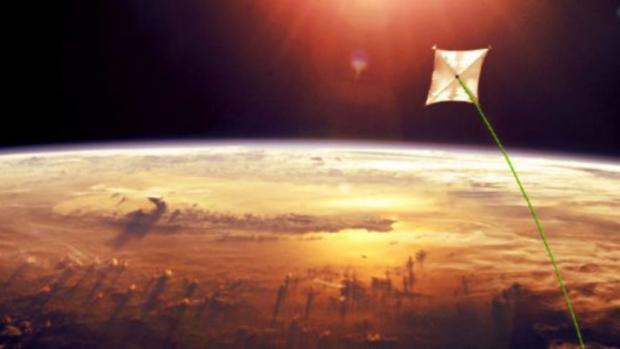
Breaking News
6.8 SPC vs. 300 Blackout: Powering Up the AR Platform
 Autism Study By McCullough Foundation Begins New Era of Free Scientific Inquiry
Autism Study By McCullough Foundation Begins New Era of Free Scientific Inquiry
 REVOLUTION DAY 8: Libertarians JOIN The Revolution
REVOLUTION DAY 8: Libertarians JOIN The Revolution
 US Government and Westinghouse $80bn Nuclear Reactor Deal
US Government and Westinghouse $80bn Nuclear Reactor Deal
Top Tech News
 Graphene Dream Becomes a Reality as Miracle Material Enters Production for Better Chips, Batteries
Graphene Dream Becomes a Reality as Miracle Material Enters Production for Better Chips, Batteries
 Virtual Fencing May Allow Thousands More Cattle to Be Ranched on Land Rather Than in Barns
Virtual Fencing May Allow Thousands More Cattle to Be Ranched on Land Rather Than in Barns
 Prominent Personalities Sign Letter Seeking Ban On 'Development Of Superintelligence'
Prominent Personalities Sign Letter Seeking Ban On 'Development Of Superintelligence'
 Why 'Mirror Life' Is Causing Some Genetic Scientists To Freak Out
Why 'Mirror Life' Is Causing Some Genetic Scientists To Freak Out
 Retina e-paper promises screens 'visually indistinguishable from reality'
Retina e-paper promises screens 'visually indistinguishable from reality'
 Scientists baffled as interstellar visitor appears to reverse thrust before vanishing behind the sun
Scientists baffled as interstellar visitor appears to reverse thrust before vanishing behind the sun
 Future of Satellite of Direct to Cellphone
Future of Satellite of Direct to Cellphone
 Amazon goes nuclear with new modular reactor plant
Amazon goes nuclear with new modular reactor plant
 China Is Making 800-Mile EV Batteries. Here's Why America Can't Have Them
China Is Making 800-Mile EV Batteries. Here's Why America Can't Have Them
Direct Laser Propulsion For Earth-Mars in 30 Days and Eventually 2.5 Days

Phil Lubin's direct laser propulsion group received a grant and they will use to prove out their directed laser propulsion system at the 10-20 watt level. They are also working on components at the kilowatt to tens of kilowatt level. The plan would be to scale to tens of kilowatts and work towards power beaming to the moon for experiments. In 5-10 years, they hope to reach megawatt levels.
If they reach 500 megawatts then direct laser propulsion could be used for 30 day transit times to Mars. When the system scales to the gigawatt or tens of gigawatt level with a matching deceleration and launching system on Mars this would enable 2.5 day transit times between Earth and Mars. Increasing or decreasing mass by 10,000 times changes the speed by 10 times. A 100-gram package could sent ten times faster than a 1000 kilogram package using the same size laser array and power system. You could send a 1000 kilogram mission to Mars in 30 days or rapidly deliver an urgent package of 100 grams to Mars in about 3 days.
This system for urgent delivery of tiny packages with 1G acceleration and deceleration would be feasible in the 10-20 year time frame.

 China Innovates: Transforming Sand into Paper
China Innovates: Transforming Sand into Paper

